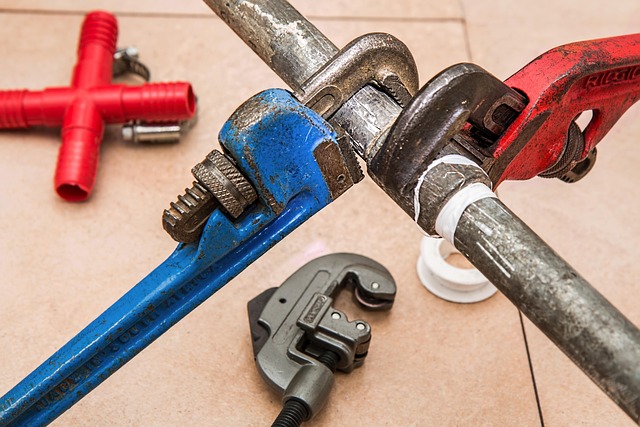Understanding your vehicle's transmission system is key for effective DIY auto repairs, focusing on components like gears and fluid. Vital maintenance tasks, such as a transmission fluid change, require correct tools and fluids specific to your car's make and model. Safety precautions, detailed instructions, and consultation with professionals are emphasized for successful Select DIY Auto Repairs involving transmission fluid replacement.
Considering a DIY transmission fluid change? It’s easier than you think! This comprehensive guide walks you through understanding your vehicle’s transmission system, gathering the right tools and fluids, and performing the change yourself. Learn how this essential maintenance task can save you money and extend your car’s life. Discover the steps, tips, and tricks for selecting the best DIY auto repairs with transmission fluid change as your starting point.
- Understanding Your Vehicle's Transmission System
- Gathering the Necessary Tools and Fluids
- Step-by-Step Guide to Changing Transmission Fluid Yourself
Understanding Your Vehicle's Transmission System

Understanding your vehicle’s transmission system is key when considering DIY auto repairs. The transmission is responsible for transferring power from the engine to the wheels, enabling smooth and efficient gear changes. This complex mechanism consists of various components like gears, bearings, and fluid that work together to ensure seamless driving. By familiarizing yourself with its inner workings, you can better assess issues and perform tasks such as a DIY transmission fluid change—a crucial maintenance step that, when ignored, can lead to more serious problems.
Knowing your car’s specific model and year is essential for selecting the correct transmission fluid and tools for the job. It’s similar to following recipes in cooking; using the right ingredients ensures desired outcomes. For instance, some vehicles require specific types of fluids designed for optimal performance and longevity, while others have unique systems that necessitate specialized knowledge and parts, akin to fixing a blown head gasket or replacing a broken taillight lens.
Gathering the Necessary Tools and Fluids

Before tackling a DIY transmission fluid change, it’s crucial to gather the right tools and fluids. This process involves selecting the appropriate type and quantity of transmission fluid suitable for your vehicle’s make and model. You’ll also need essential tools like jack stands, a drain pan, a new transmission filter, and a funnel for safe and efficient handling of the fluid. For added peace of mind—and to ensure compatibility—refer to your car owner’s manual or consult with an automotive professional when selecting the right components, prioritizing safety and effectiveness in your Select DIY Auto Repairs.
Step-by-Step Guide to Changing Transmission Fluid Yourself

Changing your vehicle’s transmission fluid is a task many car owners can undertake as part of their regular DIY auto repairs. It’s a straightforward process that requires just a few basic tools and some knowledge about your car’s system. Here’s a step-by-step guide to help you navigate this job with ease:
1. Safety First: Park your vehicle on a level surface and engage the parking brake. Ensure the engine is cool before beginning, as hot fluid can cause burns. Put on protective gear, including gloves and safety glasses, to prevent any accidents or exposure to sharp objects.
2. Identify the Drain Plug and Pan: Locate your car’s transmission fluid pan, usually positioned at the bottom of the transmission. The drain plug is a crucial component; unscrewing it will allow the old fluid to drain out. Use a jack and stands to safely lift and support the vehicle if needed, especially for larger cars or trucks.
3. Drain the Old Fluid: Place a large container under the drain plug to catch the used fluid. Unscrew the plug with a wrench or socket, allowing the transmission fluid to flow out completely. This step is crucial in every DIY coolant leak repair and should be done thoroughly.
4. Replace the Filter (if applicable): Some transmissions require a filter change along with fluid replacement. Refer to your vehicle’s manual for specific instructions. A clean filter ensures optimal fluid performance.
5. Refill with New Fluid: Obtain the correct transmission fluid specified by your car manufacturer. Pour the new fluid into the top of the transmission, usually through a filler neck. Stop when the level reaches the recommended mark on the dipstick.
Changing your vehicle’s transmission fluid is a manageable DIY auto repair project that can significantly extend the life of your transmission. By understanding your car’s transmission system, gathering the correct tools and fluids, and following a step-by-step guide, you can confidently take on this task yourself. Remember, proper maintenance is key to avoiding costly repairs down the line. Embrace select DIY auto repairs and save money while keeping your vehicle in top shape.
